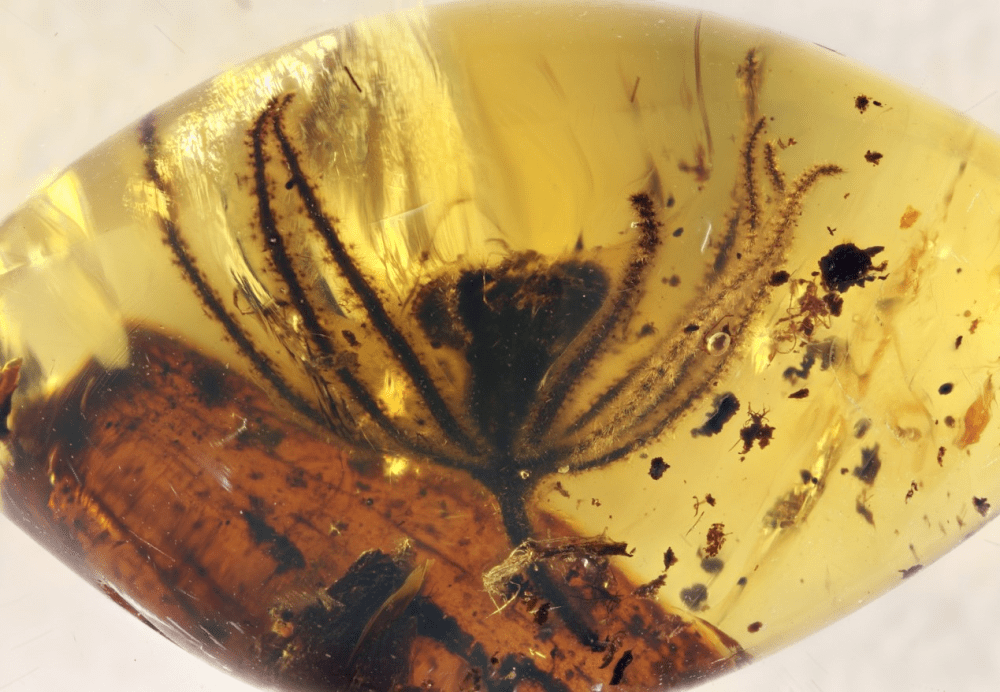Scientists armed with an ancient flower wrapped in amber have discovered that a highly successful group of plants is over 150 million years older than botanists previously thought. By analyzing old and new specimens from the highly successful Buckthorn family, the analyses revealed that flowering plants were likely living it up on Earth long before the dinosaurs turned up.
A Jurassic Park-like methodology was used to assess a fossilized specimen in a new study published to Trends in Plant Science. Instead of drawing blood from a mosquito, researchers on the paper removed the sap from a flower trapped in amber.
The Buckthorn family are of particular interest being an incredibly successful species that has more than 1,000 species worldwide. Despite this, they hadn’t previously been considered a particularly “old” group of plants compared to earlier ancestors.
“Flowering plants are the basis of our entire existence, producing oxygen, food, timber, medicine, habitats for animals and the parks and gardens where we live,” said co-author and John Curtin Distinguished Emeritus Professor Byron Lamont, an evolutionary ecologist at Curtin University, in a statement.
“Thus, it is of great interest to know how long they have been on Earth and under what circumstances they arose. The Buckthorn family is widespread throughout Africa, Australia, North and South America, Asia and Europe, and yields the popular edible Chinese date,” Lamont added.
Previous research had placed the Buckthorn family as having evolved 100 million years ago, but by analyzing ancient flower fossils from Myanmar, and comparing them against living related plants, fresh investigations were able to reassess it as being a remarkable 260 million years old. The study was able to reach this estimate by analyzing DNA from one of the Buckthorn family’s species, the Phylica flower, and using that to set the molecular clock for the rest of the Buckthorns.
“It was previously believed that the Phylica flower evolved about 20 million years ago, and the Buckthorn family 100 million years ago, so these new dates mean the family of flowering plants are much older than botanists could have possibly ever imagined,” continued Lamont.
“Since the Buckthorn family is not even considered an old member of the flowering plants, this means that flowering plants evolved more than 300 million years ago, a staggering 50 million years before the rise of the dinosaurs.”
Charcoal contained within the amber specimen was also able to provide insights into the environment in which this plant blossomed, revealing that it probably grew in vegetation where wildfires were a common occurrence.
These conditions may even explain how it came to be locked in amber, Lamont concluded.
“Sap, possibly released by fire-injured conifer trees, flowed over the Phylica flowers during the journey and preserved them intact as amber. Almost all living species in the Phylica subfamily have hard seeds that require fire to stimulate them.”
Flowers that need fire to get their germinate on? Now that’s bad ass.
Source Link: Amber Fossil's Jurassic Park Treatment Indicates Flowering Plants Emerged 50 Million Years Before Dinosaurs
